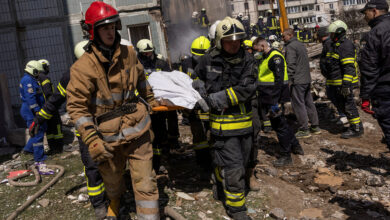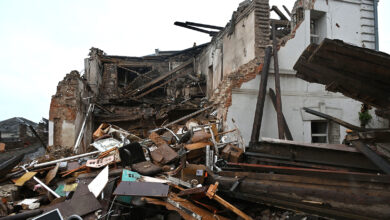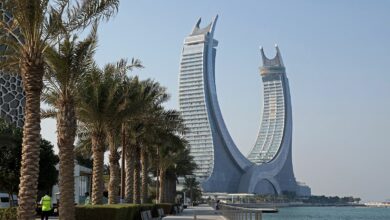When the word “modern” was used in Egypt to refer to Mohamed Ali’s rule (1805-1948), agriculture was at the heart of his development strategy.
Agricultural strategy was seen in exports of long-staple cotton, rice and sugarcane crops; surplus income from agriculture was used for public works such as the installation of irrigation systems, the digging of canals, the building of dams and other features. Modernity deployed through those strategies well suited an established agricultural legacy dating back to the Pharaohs.
The Agricultural Museum, located in the Giza district of Dokki, captures this legacy and its development in the 1800s, framing it as a moment of pride. Or so seemed to be the intention of King Fouad I (1868-1936), who commissioned the establishment of the museum in 1930.
Inhabiting the palace of Princess Fatma, daughter of Khedive Ismail (1830-1895), the Agriculture Museum presents itself in grandiose attire that expands over 175 thousand square meters. Its presence on such premises spells a measure of pride and showmanship, conventional to the conceiving of most museum displays.
But Egypt’s progressive agricultural practice, so widely displayed at the museum, comes into question the moment one steps into the grand space. Dim lights and an aged wooded interior quickly transforms the building into a time machine that takes visitors to a curious room of the past, a chamber of forgotten secrets.
Curator Rachel Weiss writes that museums’ practices are codified and their displays representative of “a conscious and formulated” activity. The Agricultural Museum, today, functions differently, as it becomes a window through which one can view the past and question the future.
An ethnographic approach seems to feature the museum's curatorial strategy, as showcased by objects on display and the orchestration of their visibility. We see humans, processes and small relics of agricultural practices.
The ground floor is an ambitious attempt to make its visitors feel they are in one of the country’s rural areas. Life sized wax statues of a traditional Egyptian family in the countryside are center stage, grabbing attention with their colorful outfits. Traditional pottery is also positioned on the ground floor, to complement a mosaic of life in rural Egypt.
The process of bread making, a significant practice of Egypt’s rural inhabitants, is featured through a set of photographs and maps. These showcase meticulous details about different practices, their development across time and their regional specificity, with women baking and men harvesting wheat.
Other agricultural processes are shown through photographs, miniatures and equipment strategically placed to explicate different cultivation methods at various points in Egypt’s history.
Seeds and rare plants are also on display in glass boxes framed with wood, exhibiting diverse local agricultural richness. This exhibited wealth brings into question the present, a time when biodiversity and seed scarcity are pressing issues.
Besides being a hub of agricultural memory, the museum raises an array of questions about the contemporary condition of agriculture and the changing sociopolitical, economic and cultural paradigms at play. At a time when agriculture is associated with a distant periphery, from which migration to the city is a prevalent dream, and is perhaps a marker of backwardness for the urban collective consciousness, the museum’s functions have changed even though its contents have not.
Artist Robert Smithson writes, “Museums and parks are graveyards above the ground, congealed memories of the past that act as a pretext for reality.” Perhaps by visiting the Agriculture Museum with this mindset one can inhabit a thinking process that transcends the time and place in which it is incarcerated. This is when the museum can cease to be a mere representation of heritage, but an opportunity to question the present.
What does agricultural practice index in today’s social consciousness? How do ongoing neo-liberal policies redefine constructs of national pride? And what are sublime establishments housing relics of civilization reduced to?
With decision-making processes far from the farmers’ environs, needs and aspirations, agricultural revenues significantly retreating and food sufficiency leaving much to desire, the museum makes a paradox out of agricultural pride.
Egypt’s Agriculture Museum sits solemnly amidst a busy district where the motion of everyday life is so visible that the building seems to sit back as a curious remnant. Only when one chooses to drift away from this everyday and penetrate this chamber of memory can one figure out how to use the history it displays to reflect on the present.




